Helical seal springs, also known as helical spring seals or helical spring-energized seals, are a crucial component in many industries. These seals are designed to deliver both mechanical sealing and spring-like force, making them indispensable in applications that require durability, resistance to extreme environments, and consistent sealing performance.
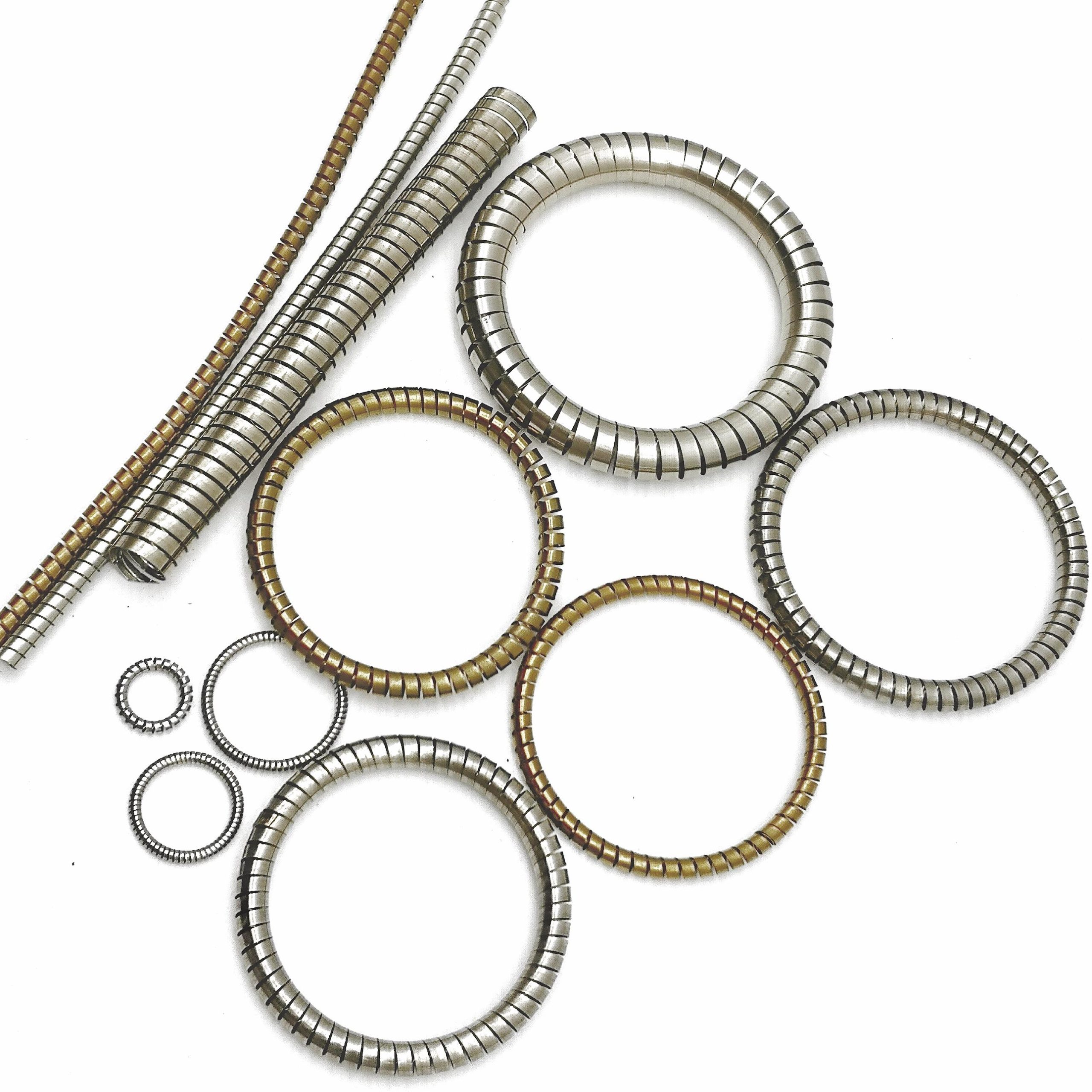
Helical Seal Springs
Helical seal springs are specialized sealing solutions that incorporate a helically wound spring within the seal’s structure. These seals combine the sealing capabilities of traditional elastomeric or polymer-based seals with the mechanical properties of a spring. The spring energizes the seal, ensuring constant pressure and maintaining a secure seal even under fluctuating conditions such as temperature changes, pressure variations, or mechanical movement.
This dual functionality allows helical seal springs to provide reliable performance in demanding environments, such as high-pressure systems, cryogenic applications, and vacuum conditions, where traditional seals might fail.
The distinctiveness of helical seal springs lies in their unique combination of sealing and spring action. Here are the critical features that define these seals:
Helical seal springs are engineered to perform under extreme conditions. Whether in high-pressure or high-temperature environments, these seals provide consistent, reliable sealing without compromising performance. Their ability to handle pressure levels up to 30,000 psi and temperatures ranging from -450°F to 600°F makes them ideal for challenging applications.
These seals are designed for both static applications (where parts do not move relative to each other) and low-speed dynamic applications. In low-speed dynamic applications, they effectively seal under reciprocating or oscillatory movements.
One of the most significant advantages of helical seal springs is their ability to function in vacuum and cryogenic environments. The tight seal and high unit load provided by the spring ensure that these seals can operate in conditions where other sealing solutions might experience gas permeation or failure.
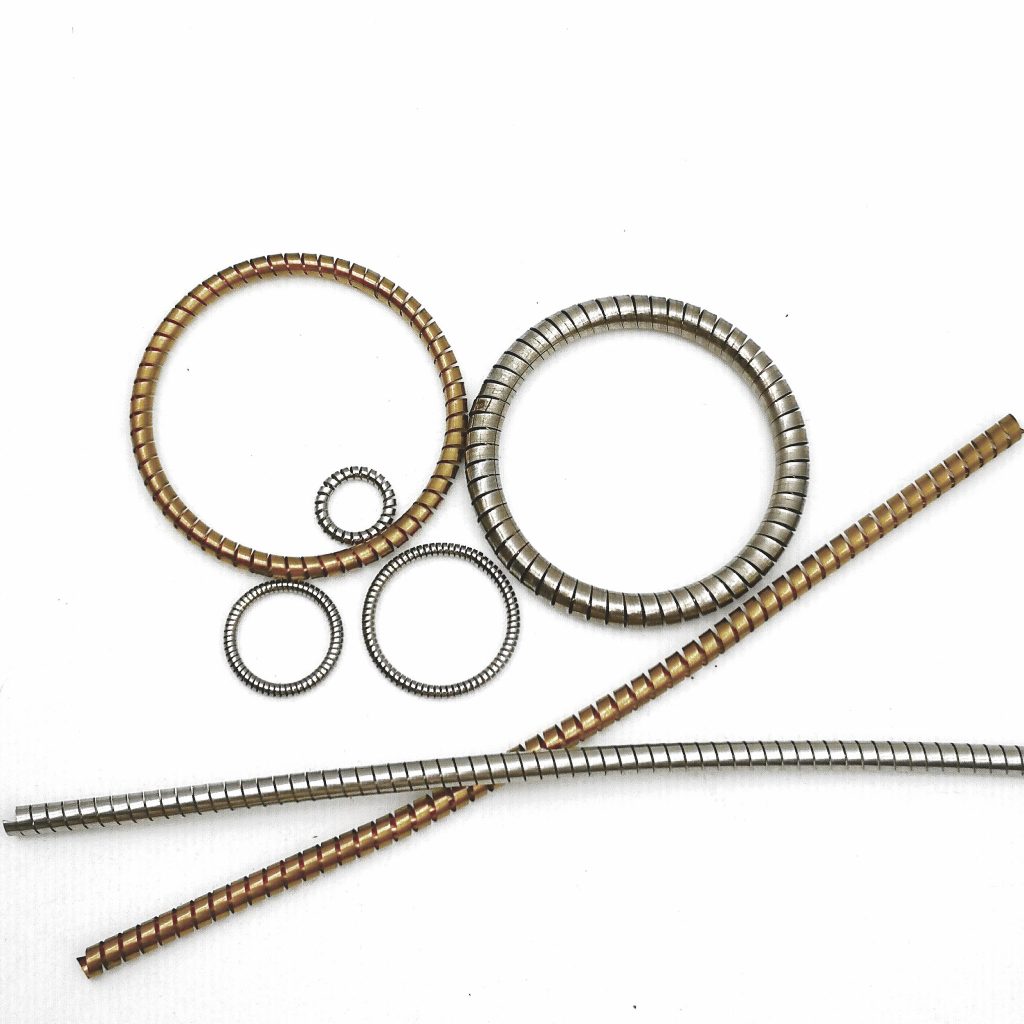
Thanks to their robust design, helical seal springs offer positive sealing across an expansive range of pressures and temperatures. This makes them a versatile solution, capable of handling anything from high-pressure gas seals to sealing media in cryogenic systems.
In addition to providing sealing, helical seal springs offer a scraper or wiper action. This is particularly beneficial when dealing with abrasive or viscous media, as the sharp lip of the seal helps remove debris from surfaces and maintain a clean seal.
Helical seal springs are available in various designs to suit specific application needs. These include:
There are several variations in helical seal spring designs, each tailored to meet different requirements:
These seals are designed for static applications, where the components being sealed do not move relative to each other. Static seals can come in configurations such as:
For applications where parts experience slow, controlled movement, dynamic seals with helical springs are designed to maintain a reliable seal, preventing leakage while compensating for the motion between the surfaces.
In some cases, helical spring seals may use an elastomeric O-ring energizer instead of a metallic spring. These designs are often employed in lower-temperature or less demanding environments where the flexibility and resilience of elastomeric materials provide sufficient sealing force.
The choice of material for helical seal springs is crucial to their performance, particularly in extreme conditions. The most commonly used materials include:
This precipitation-hardened stainless steel is widely used for helical spring seals due to its strength, corrosion resistance, and high fatigue properties. It is suitable for high-temperature and high-stress applications.
304 stainless steel is known for its excellent corrosion resistance and is often used in general-purpose seals. 316 stainless steel offers superior resistance to chloride corrosion, making it ideal for marine and chemical processing applications.
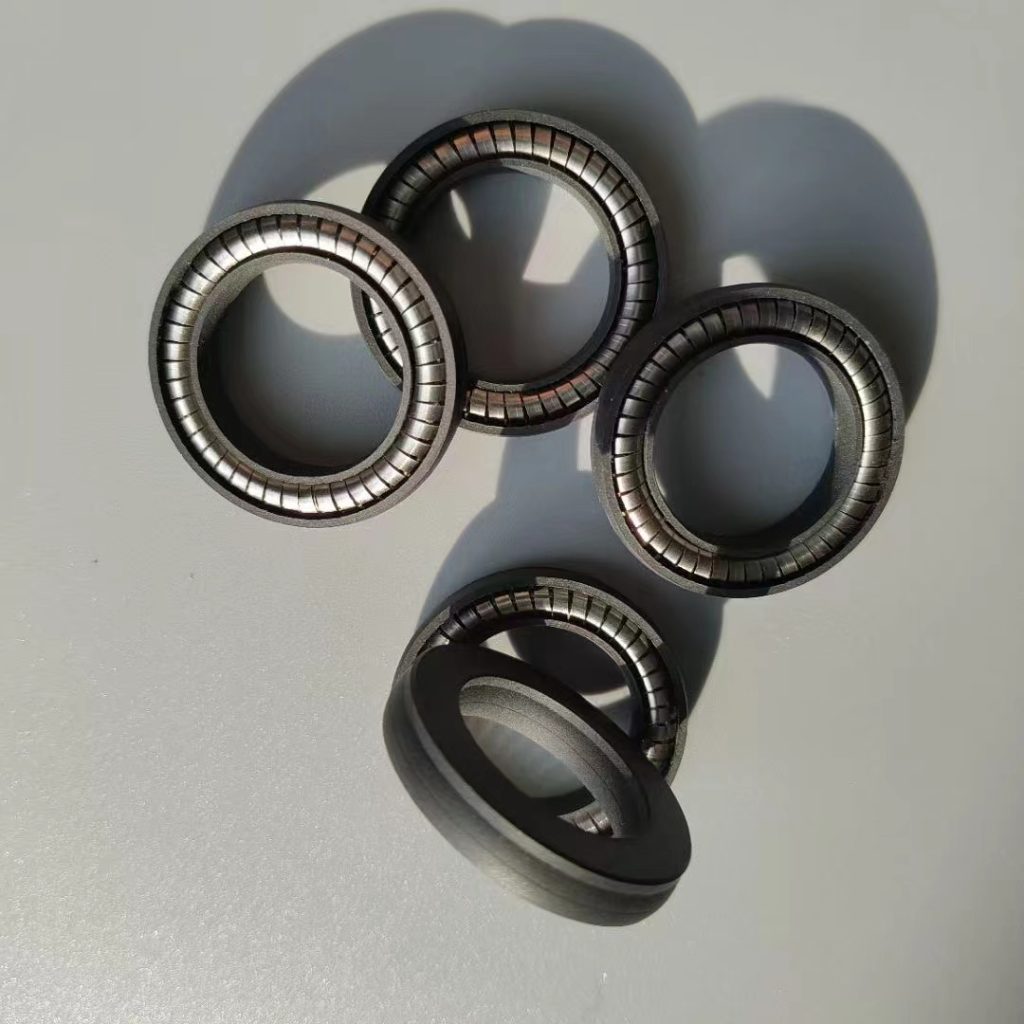
A nickel-cobalt-chromium-molybdenum alloy, Elgiloy is a popular choice for high-performance helical seals. This material provides exceptional resistance to corrosion and fatigue while maintaining strength and flexibility over a wide temperature range.
For the sealing element, materials like PTFE (Teflon) and other high-performance polymer compounds are often used. These materials provide excellent resistance to chemicals, high temperatures, and abrasion, ensuring long-lasting performance in challenging environments.
Helical seal springs are versatile components used in a wide array of industries due to their ability to handle extreme conditions and provide reliable sealing. Below are some of the most common applications:
In systems such as hydraulic cylinders, pumps, and valves, helical seal springs are used to maintain a secure seal under extreme pressures and temperatures. They are often found in oil and gas industries, where equipment must withstand harsh operating environments.
In vacuum systems and cryogenic equipment, these seals prevent the ingress of gases and protect sensitive components. Their ability to operate at very low temperatures makes them essential in spacecraft, laboratories, and superconducting systems.
The aerospace and defense sectors require components that can handle extreme temperatures, vibration, and high pressure. Helical seal springs are used in aircraft engines, missile systems, and space exploration equipment to ensure reliable performance in critical systems.
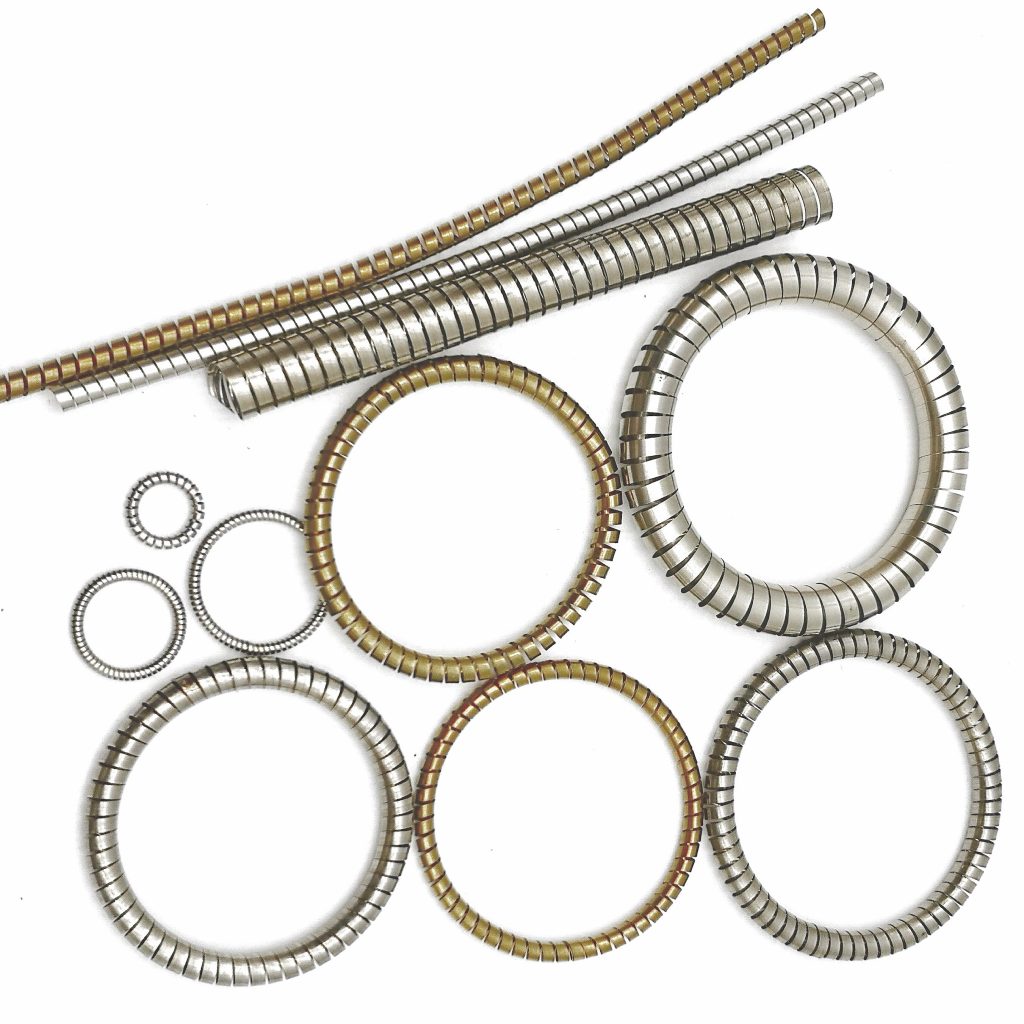
In high-performance liquid chromatography (HPLC) and ultra-performance liquid chromatography (UPLC) systems, helical seal springs are used to maintain tight seals in high-pressure environments. These seals ensure the accurate delivery of liquids and prevent contamination in analytical systems.
Helical seal springs are also utilized in the chemical processing industry, where they are exposed to aggressive chemicals, high temperatures, and pressure. The robust materials used in these seals, such as Elgiloy or 316 stainless steel, offer the corrosion resistance and strength needed to ensure long-lasting performance.
Helical seal springs provide several advantages over traditional sealing solutions, making them ideal for demanding applications. Some of the key benefits include:
The spring element in helical seal springs ensures constant force is applied to the sealing surface, maintaining a reliable seal even as temperatures or pressures fluctuate.
These seals are designed to withstand high pressures, extreme temperatures, and abrasive media, making them suitable for harsh environments.
The combination of robust materials and spring-energized design ensures long service life and resistance to wear, even in applications involving continuous movement or exposure to chemicals.
From aerospace to oil and gas, helical seal springs can be used in various industries due to their ability to handle diverse operating conditions.
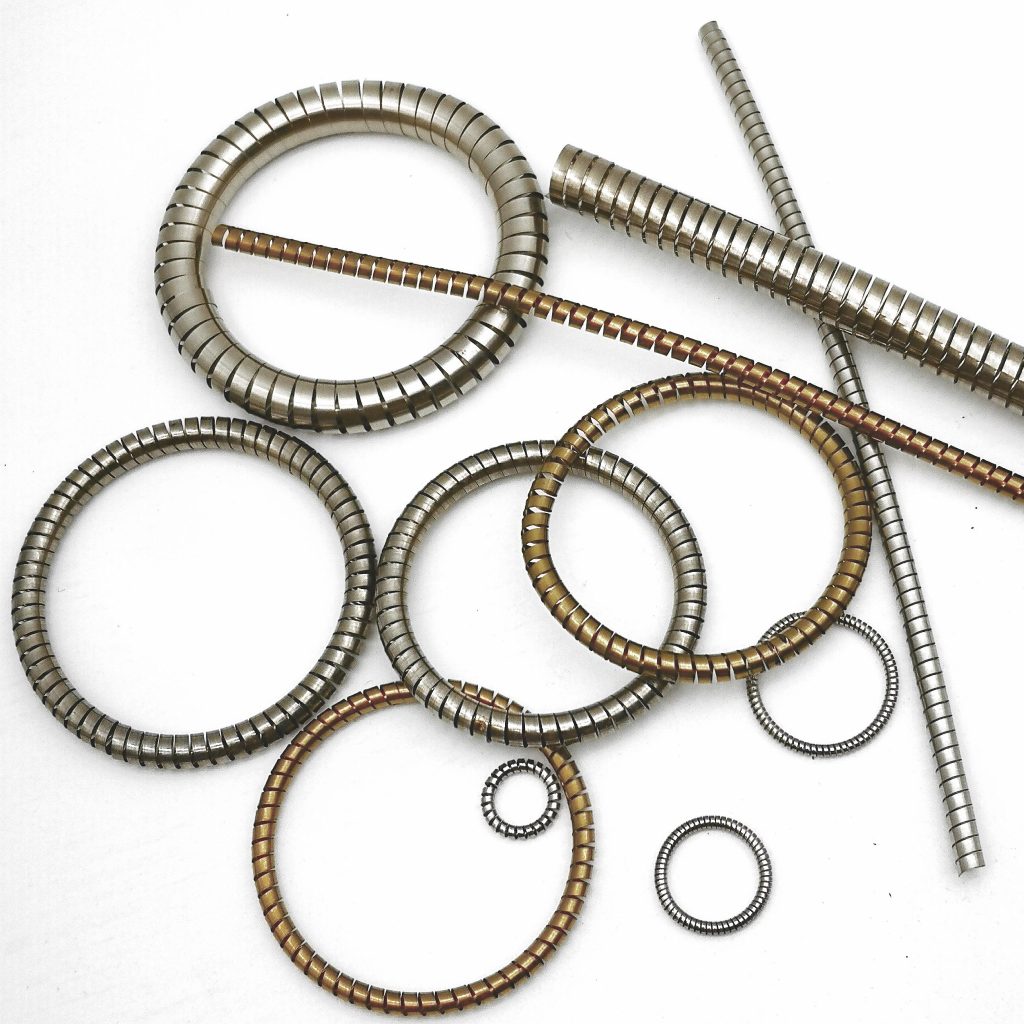
Understanding the operating specifications of helical seal springs is essential for selecting the right seal for the application. Typical specifications include:
In conclusion, helical seal springs play a vital role in numerous industries. Their unique combination of functionality, versatility, and ability to perform in extreme conditions makes them an excellent choice for a wide range of applications. As technology continues to advance, the demand for reliable sealing solutions like helical seal springs is likely to increase. Manufacturers will likely continue to innovate in terms of design and materials, further enhancing the performance and applicability of these crucial components. Whether in high – tech aerospace projects or in the demanding environments of chemical processing, helical seal springs will remain an important asset for ensuring efficient and reliable operation.
If you are interested in learning more about helical seal springs, or if you have specific requirements for your application and need further assistance, please do not hesitate to contact us. Our team of experts is always ready to provide you with comprehensive information, answer your questions, and help you find the most suitable helical seal spring solution for your needs.